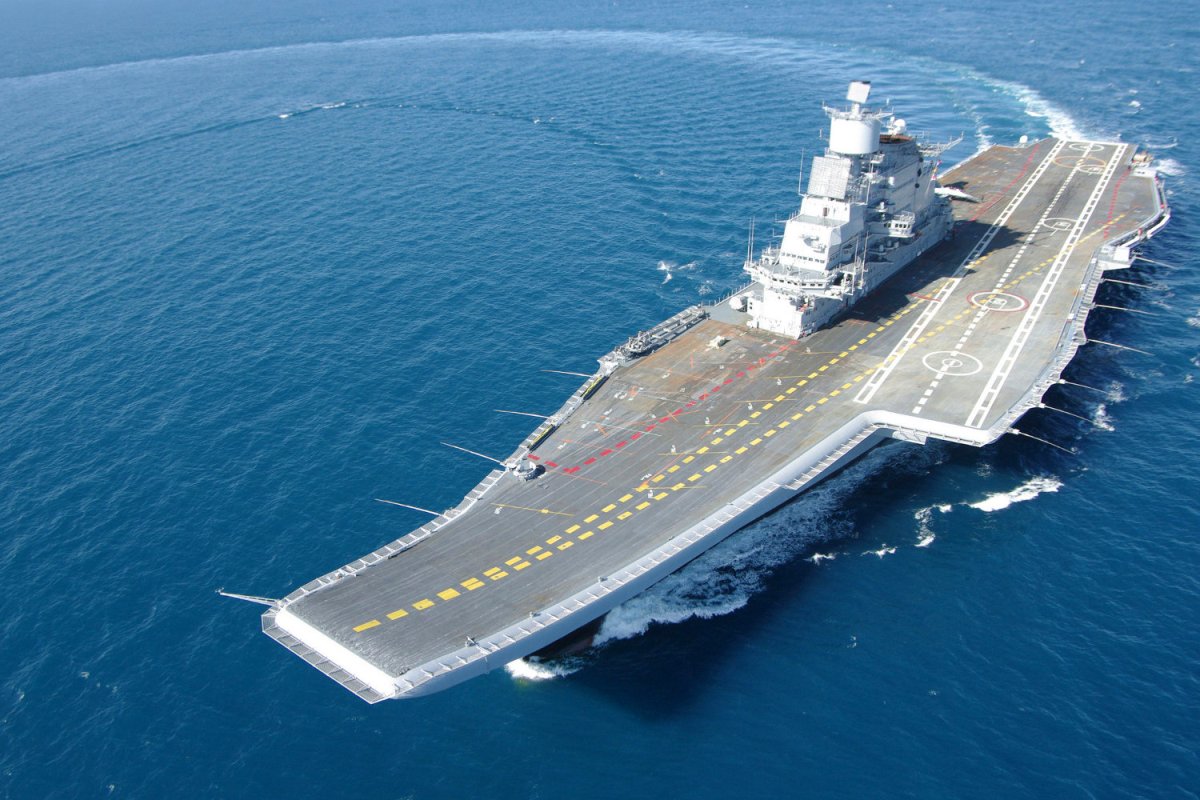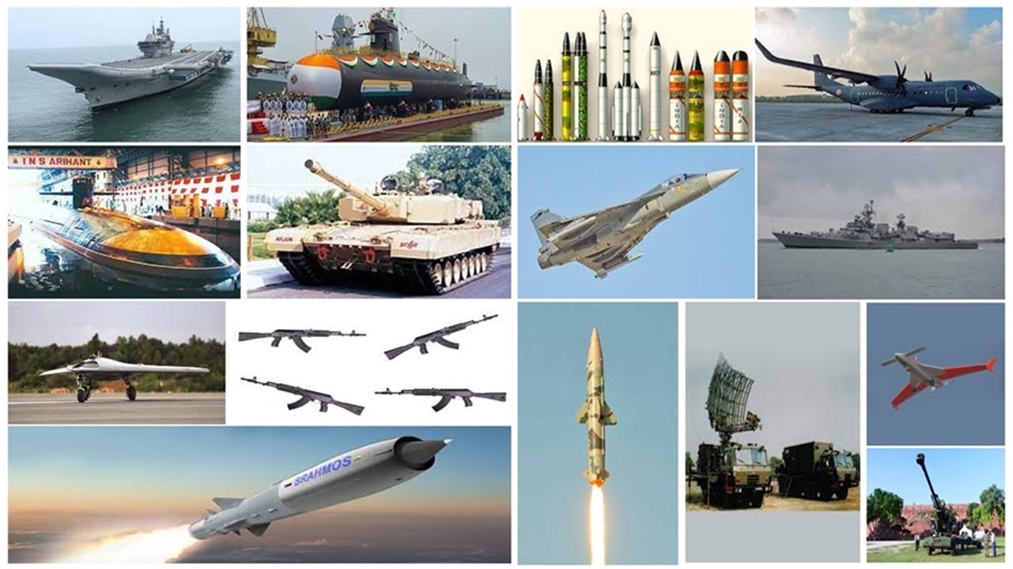Managing Obsolescence is one of the major challenges with the defence establishments of many nations of their existing systems. Changing technology landscapes and non-availability of the original developers of the systems are the main issues. Another major reason for non-replacement of obsolete defence system is that the cost involved in procuring and maintaining new ones. Apart from procuring new replacement systems is a huge process by itself and would take many years for the bureaucracy to complete.
But these obsolete systems are to be maintained at any cost to keep the nation secure and to avert external threats to the country. The defence establishments are left with no choice but to spend a lot to maintain these systems since the Original Equipment Manufacturer (OEM) has stopped the support. In this article we will discuss the way to manage the obsolescence of electronic systems in a cost effective, safe and secured manner.
Typical Issues Faced during Obsolescence Management
Following are some of the issues that are to be addressed while managing systems that are getting obsolete.
The 3 F’s that needs to be addressed while attempting to re-engineer the obsolete systems :-
- Need to maintain same functionality as the original system
- Need to maintain same form factor as the original system
- Need to maintain same features as the original system
Functionality
Maintaining the functionality of the system is the prime requirement. In case of a weapon system, it should be able to defend the personnel who operates the system as well as launch the weapon payload at the intended target without any failure. Functionality of the system should be studied from the available documentation. Technical documents of many old systems that outline the functionality in detail are not available with the armed forces. At times it may be available in a foreign language other than english. In some cases, OEM do not keep or maintain these documents. There are instances where OEM of the system is neither in the business nor moved out to newer systems or technology. In such cases, OEM neither maintains the older system nor it’s documents.
Form Factor
It is very essential to maintain the same form factor (size and shape) as the original design of the system, as the interface connectors should be compatible with the existing interfaces and mechanical slots/connectors of the original system. The location or the size of the system cannot be changed, since other systems nearby cannot be co-located elsewhere.
Features
The important factor that need to be maintained while considering the redesign of the system facing obsolescence is to maintain the same features as of the original equipment. The features could be the placements of the controls on the system, lights, colour of the lights and similar features. This is very essential, as the users of these systems would have been using the systems for many years and is very accustomed to these features. Changing features would restart a steep re-learning curve and this may not be acceptable for operators.
This article highlights some of the possible options to overcome obsolescence in these systems, while still maintaining the three F’s listed above.
Overcoming Obsolescence – A Step by Step Approach
The following is a step-by-step approach to overcome the obsolescence in defence systems.
Step 1 – Getting to Know the System
Understanding Functionality
The first step is to understand the functionality of the system. To understand the functionality, the team working on redesigning of system needs to do the following:-
- Read and understand existing specification documents of the system.
- Spend time with the maintenance teams to understand the functionality of the system.
- Spend time with the users of the systems to understand the functionality.
The critical aspect of getting to know the functionality is to generate a flow for the system, analysing the outputs from the system for a given set of inputs.
Understanding the Form factor
The design team needs to spend time at analysing where and how the system has been installed in the bigger scheme of design. This enables them to understand the form factor requirements for the system and how the redesigned system shall fit in the exiting frame work. They also need to understand greater details of the shape, size and location of the system, so that they can define the required interfaces between the various blocks in the system.
Understanding the Features
The last step is to understand the special features of the system. This would enable the design team to have a complete know how of what needs to be designed for the system to work as required. They also need to analyse the specific output for a given set of inputs, in terms of the features on the user interface.
Step 2 – Options to Overcome Obsolescence
There are multiple options to redesign the system with new technology. They can be broadly classified as software based solution and hardware based solution
Software based solutions
The easiest and quickest possible solution for overcoming obsolescence is to redesign the system with current day micro controllers. These micro controllers have various input and output options in a very small form factor, and these inputs and outputs are controllable through software. This gives the speed and flexibility for a system designer to quickly design, deliver and redo the process as required to meet the requirements of a changing system.
These micro controllers are made to run with embedded software, that are fairly safe and secure. The software is written with C/ C++ language and is easily managed by good embedded engineers. These controllers have a large memory that could support further development in the future. The code can be well documented which would facilitate future developers or development teams to take up the code for further maintenance and upgradation. They could also fix any issues that may arise in the future.
Low cost of system development, availability of components, inexpensive components, availability of development systems and availability of engineers to build these systems are the major advantages of the software-based solution.
Though the software solutions have all the above advantages, the security of these solutions can be compromised by a well-trained hacker. To overcome this, system designers may have to add additional hardware-based security into the system. Having a software solution enables a good designer to reverse engineer the solution, which could serve as a disadvantage.
Hardware Based Solutions
Hardware based solutions are opted to overcome the limitations of the software-based ones. In hardware-based solution we build custom hardware by way of an integrated circuit (IC). Building a custom IC for low volumes and limited requirements is a costly and time-consuming process and hence the design team deters from adopting such a solution. The alternate solution is to design the system using FPGA’s (Field Programmable Gate Array). These devices are similar to building a custom IC, but has the advantage of being able to redesign it by reprogramming the hardware.
FPGA’s give the design team the flexibility of an embedded system (similar to software-based solution) and gives added security of a hardware-based solution. FPGA design cannot be easily replicated and are also not easily hackable.
The FPGA design requires special skills for the design team to design the system, which is available with the local design teams in the country.
The hardware-based solutions are costly since the development systems and the components are expensive.
Step 3 – Maintain a Clear Complete Document
The last step in the process to overcome obsolescence is to write a clear and complete technical document for the system that is being re-designed. This is required to make sure that the overall system can be used, serviced and maintained in the long run.
Conclusion
The obsolescence of military systems can be overcome through proper analysis of requirements and by deploying appropriate solution for them. The requirements are to be devised considering the security features, time available to develop the system up and running, the cost involved and any other important specific requirement trade off’s.
Image Source : https://warontherocks.com/2020/03








